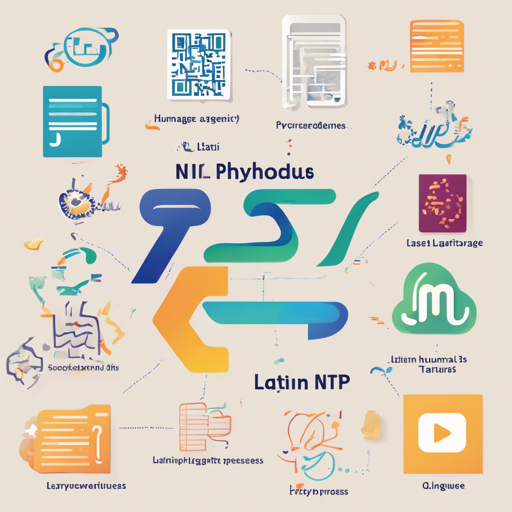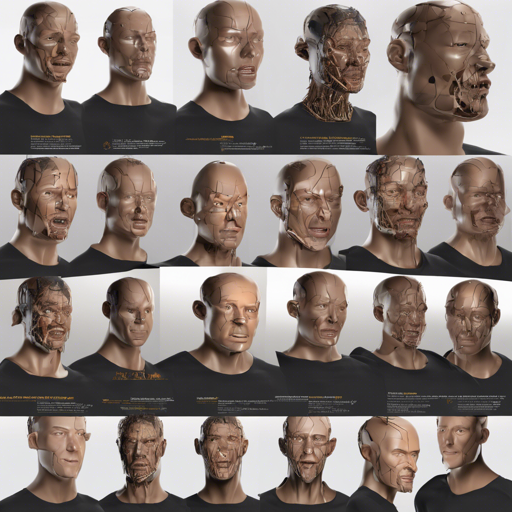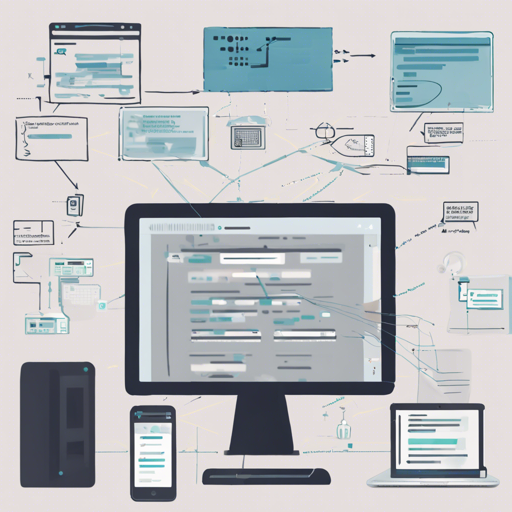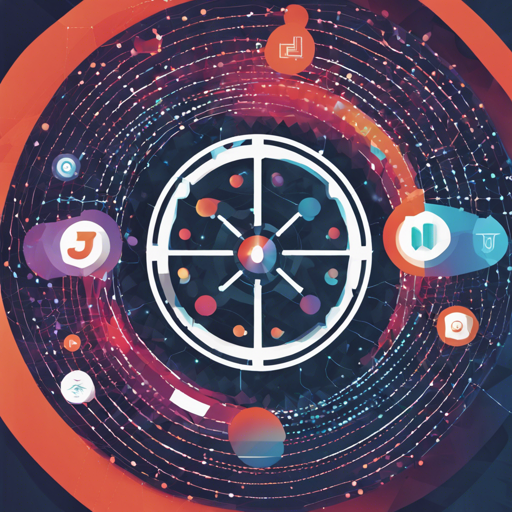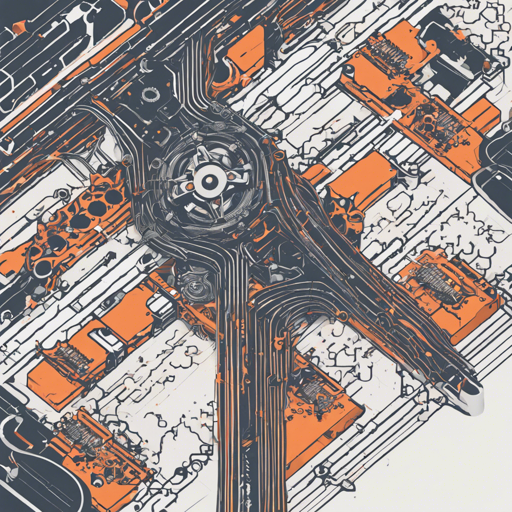The "Dont Stop Pretraining" code associated with the ACL 2020 paper provides powerful tools for adapting language models to various domains and tasks. This blog will guide you step-by-step through the installation, usage, and troubleshooting of this essential toolkit....
Unlocking the Power of AI: A Comprehensive Guide
Artificial Intelligence is not just a buzzword; it is a transformative technology reshaping the way we work, create, and interact. In this article, we will guide you through some exciting AI tools and concepts that can enhance your projects. A Quick Overview of AI...
How to Get Started with Stanza: A Python NLP Library for Many Human Languages
Stanza is a powerful Python Natural Language Processing (NLP) library developed by the Stanford NLP Group. With its support for over 60 human languages, it serves as a robust toolkit for various NLP tasks. In this article, we will take you through the installation and...
How to Work with the FLAME: Articulated Expressive 3D Head Model
The FLAME (Facial Landmark Alignable Mesh Expressions) project is an innovative endeavor that empowers developers and researchers to create and manipulate highly expressive 3D head models. By learning from over 33,000 accurately aligned 3D scans, FLAME provides a...
How to Set Up and Use LOST for Image Annotation
Welcome to the world of LOST - Label Objects and Save Time! If you're on a quest to simplify image annotation for collaborative projects, you've stumbled upon a gem. This web-based framework not only offers flexibility but is designed for ease of use. Let’s dive into...
Mastering Gender Detection from Scratch Using Deep Learning
In today's digital age, leveraging deep learning for tasks like gender detection can yield significant insights. In this article, we will walk you through how to build a gender detection model using Keras and CVLib. So, whether you're a newbie or a seasoned...
How to Use the 3DMatch Toolbox for 3D Data Handling
When it comes to 3D feature descriptor tasks, the 3DMatch Toolbox is a remarkable solution, especially tailored for working with point clouds, depth maps, and meshes. This article will guide you through utilizing the 3DMatch toolbox effectively, covering everything...
How to Get Started with Jittor: A Just-in-Time Deep Learning Framework
Welcome to the fascinating world of Jittor! Jittor is not just any deep learning framework; it’s designed for high-performance using just-in-time (JIT) compiling and meta-operators. If you’re eager to dive into deep learning with this powerful tool, you are in the...
How to Use TfPyTh: Bridging TensorFlow and PyTorch
Welcome to the fascinating world of machine learning, where TensorFlow meets PyTorch! If you find yourself with two separate codebases—one for TensorFlow and another for PyTorch—don’t fret. With the TfPyTh library, you can train your models end-to-end without having...



